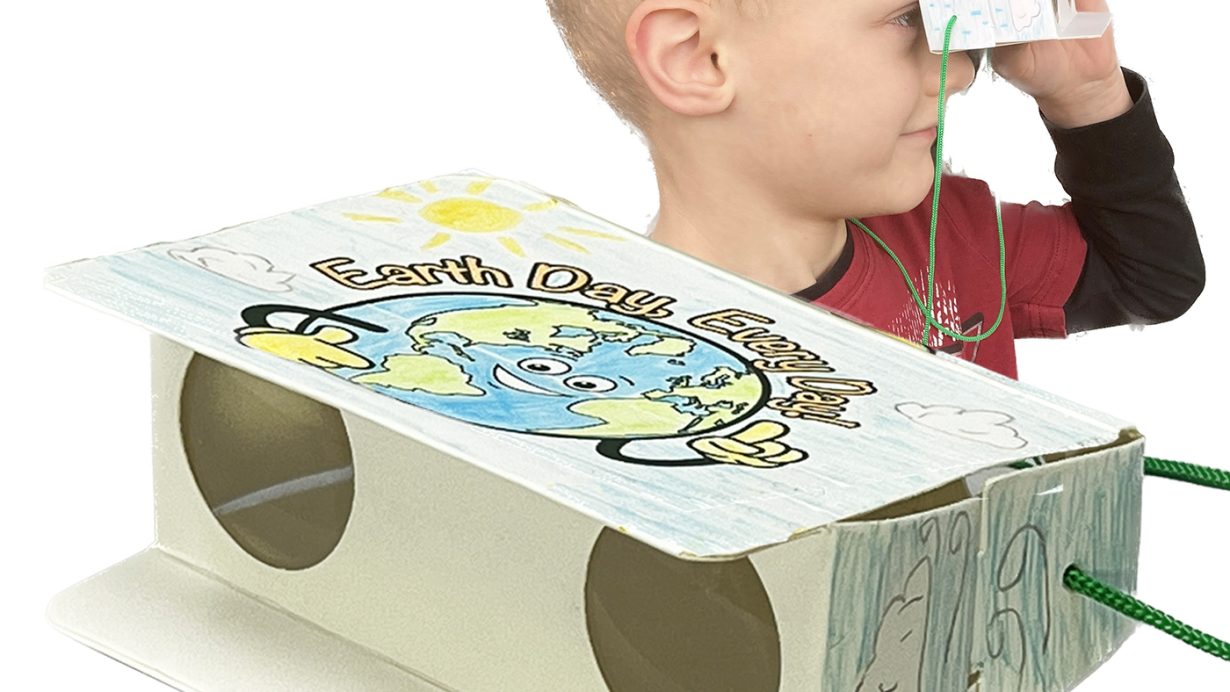History of Earth Day
Earth Day is an annual event that celebrates the planet we live on and encourages people to take action to protect it. It is celebrated on April 22nd every year. Here is a brief history of Earth Day for kids:
Earth Day was first celebrated in 1970, when a U.S. senator named Gaylord Nelson organized a national “teach-in” on the environment. He was inspired by the anti-war protests of the time and hoped to harness that same energy to raise awareness about environmental issues.
On April 22nd, 1970, more than 20 million Americans took to the streets to demonstrate for a healthier, more sustainable environment. It was the largest protest in American history at the time. The first Earth Day helped to spark a global environmental movement, and it led to the creation of the Environmental Protection Agency and the passage of several key environmental laws, including the Clean Air Act and the Clean Water Act.
Since then, Earth Day has been celebrated every year around the world, with events and activities aimed at raising awareness about environmental issues and promoting sustainability. Today, Earth Day is celebrated in more than 190 countries, and it has helped to inspire countless individuals and organizations to take action to protect our planet.
Here are some ways elementary age kids can participate in Earth Day Activities:
- Learn about the environment: Encourage kids to learn about environmental issues by reading books, watching videos, and exploring websites that focus on topics like climate change, pollution, and conservation.
- Participate in a local Earth Day event: Many cities and towns host Earth Day events, such as park cleanups or tree plantings. Check your local community center or environmental organization for opportunities to get involved.
- Make eco-friendly crafts: Kids can create eco-friendly crafts using recycled materials, like paper roll bird feeders or plastic bottle planters.
- Start a garden: Starting a garden is a fun and educational way for kids to learn about the environment. They can help plant seeds, water the plants, and observe the growth of the plants.
- Reduce, reuse, and recycle: Teach kids about the 3 R’s and encourage them to reduce waste by using reusable containers and bags, and to recycle items like paper, plastic, and aluminum.
- Take a nature walk: Take a walk in a local park or nature preserve and encourage kids to observe and identify different plants and animals. You can bring along a guidebook or app to help with identification.
- Create a poster: Kids can create an Earth Day poster to share what they have learned about environmental issues and how we can protect the planet.
- Plan an eco-friendly picnic: Plan an eco-friendly picnic using reusable containers and utensils, and choose eco-friendly snacks like fruits and vegetables.
- Make a pledge: Encourage kids to make a pledge to take action to protect the environment, like turning off the lights when leaving a room or taking shorter showers to conserve water.
- Spread the word: Encourage kids to share what they have learned about environmental issues with their friends and family, and to encourage others to take action to protect the planet.
Check out our Earth Day, EVERY Day Binocular Craft Kit! It’s a great way to get kids excited about seeing and embracing all that the natural world has to offer!

